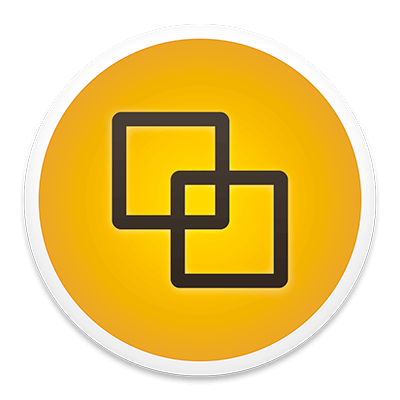
Encrypt the following message with your private key: "there are no beginnings in the wheel of time" You: helo, I'm oh, are you Well, I have you in my authenticated keys list, let's see if it is you. Now what happens is that the server can question you, to see if you are who you say you are, the conversation (handshake in network parlance) would be something like this: That is the basis of the trust, if you can decrypt the message using the public key, it means that the message was encrypted using the pair private key. And only the server can write an encrypted message (using the server's private key) that you can decrypt with the server's public key. To make it clear, only you can write an encrypted message (using your private key) that the server can decrypt using your public key. The two parties (you and the server) have each other's public key, which means that each of you can decrypt any message coming from each other. Let's assume you configured the server to know your public key, and you have the public key of the server. When you connect to a server using SSH, the server sends you their public key, so you can also verify it's identity. Ok, we have two keys, a public key and a private key, let's see how all this works. Keep your private key secret, store it securely somewhere that only you can access it, this one is never shared. And the messages you send are encrypted using your private key. Your public key is the one that you give anyone that wants to identify you, with the public key anyone can decrypt messages coming from you. SSH keys come in pairs, a public key and a private key. To understand key pairs, first, let's talk about some basic concepts. That is the idea behind using key pairs, let's have a look.

To make it harder, the questions change, and only you can answer those questions correctly.
#SSH COPY ID MAC OS X SERIES#
It would be nice if you could establish a connection to a server and then prove that it is you by answering a series of questions that only you can answer.
#SSH COPY ID MAC OS X PASSWORD#
It doesn't matter how but the problem is that the password is being transmitted and if intercepted it can be used by anyone to impersonate you. The password can be intercepted, or you can be tricked into sending it to a server pretending to be the real server. If this does not help, run ssh with options for more verbosity: ssh -vvv the server side, you can review /var/log/auth.log for details.Transmitting your password through the internet to connect to a remote server is dangerous. You can skip this if you're fully sure that nobody can recover the deleted private key from the server. If the private key was not protected with a password, and you put it on the server, I recommend you to generate a new one: ssh-keygen -t rsa The permissions of the (private) key on the client-side should be 600. The file ~/.ssh/authorized_keys (on the server) is supposed to have a mode of 600.

The permissions of ~/.ssh on the server should be 700. (The binary format is described in the answers to this question).

pub extension when generated using ssh-keygen and its contents begin with ssh-rsa AAAAB3. Instead, you must put the public key into the ~/.ssh/authorized_keys file. You should never save the file with its contents starting with -BEGIN RSA PRIVATE KEY- on the server, that is your private key.


 0 kommentar(er)
0 kommentar(er)
